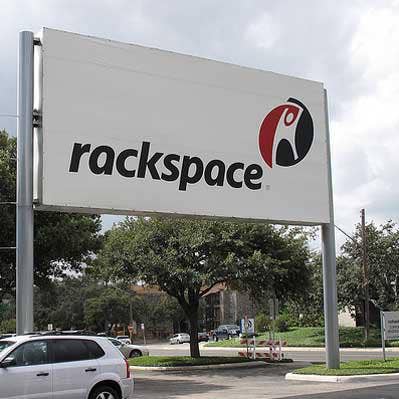Rackspace-New Relic Alliance Enables Coronavirus-Accelerated Digital Transformation
As the crisis drives adoption of multi-cloud environments and cloud-native architectures, the managed cloud powerhouse is working more closely with New Relic to optimize cost and performance through greater observability.

As the coronavirus crisis pushes enterprises to accelerate digital transformation initiatives, Rackspace and New Relic have strengthened their partnership to provide those customers deep observability into newly adopted and often complex multi-cloud environments.
“We’ve seen 3-year plans that people are trying to undertake in 3- and 6-month time frames,” said Peter FitzGibbon, Rackspace’s vice president of strategic alliances.
With New Relic’s monitoring tools, Rackspace can deliver those rapid transitions that allow for remote work and remote security in a time of unprecedented business challenges while optimizing those environments for cost and performance, FitzGibbon said.
“It’s an interesting time in terms of the optics of transformation,” FitzGibbon said. “We feel a strong second wave of transformation will be built upon the first phase.”
But as far as how those coronavirus-spurred developments ultimately change the channel, he said: “that chapter still has to be written.”
New Relic sees the same heightened interest in digital transformation, said Todd Osborne, New Relic group vice president, alliances and channels.
The San Francisco-based software developer aims to enable customers to move workloads to cloud to gain the flexbility of spinning up or spinning down instances—allowing them to dial back cloud spends while always meeting demand.
Once that goal is achieved, next comes leveraging New Relic’s portfolio to modernize the application stack and take advantage of dynamic container technologies, which adds even more flexibility for adapting to change, Osborne told CRN.
“Companies that have those two factors are at an advantage now, and those that do not are saying they want to get their faster,” he said. “We’ve definitely seen increased demand for those projects, and increased interest for New Relic being part of those projects.”
New Relic partners like Rackspace are meeting that sudden demand, helping customers launch DevOps practices for supporting modern applications, Osborne said.
New Relic tools enable consistent monitoring and automation across multi-cloud environments, backed by Rackspace’s ‘Fanatical Experience’ support model, FitzGibbon told CRN. And the recently introduced New Relic Partner Network further helps Rackspace leverage those tools to optimize the multi-cloud experience for its customers—Rackspace’s “sweet spot.”
Rackspace’s professional services arm helps companies adopt those New Relic tools, while its managed services teams helps them get the most out of them, FitzGibbon said.
While some customers are looking for immediate cost-optimization to deal with contracting budgets, the long-term goal is making sure those enterprises are running efficiently and effectively on the platform.
“That’s what New Relic gives us the visibility to do,” Fitzgibbons told CRN.
And every successful engagement drives new ones, he said.
“Rackspace has a whole breadth of services that are tremendous, and our companies working together in one phase of that journey will lead to success in multiple phases,” Osborne added. “We’ve generated some win-win-win scenarios in a number of accounts.”
Osborne noted that New Relic solutions have been designed to observe the many different microservices that impact the performance of modern, cloud-native applications.
“There can be hundreds of thousands that affect a complex application and they change all the time,” Osborne said. “You have to have visibility into that such that you can optimize, not just for cost but for performance, uptime and availability all at the same time, and you can’t do that with a simple tool. You have to have observability across the whole stack.”